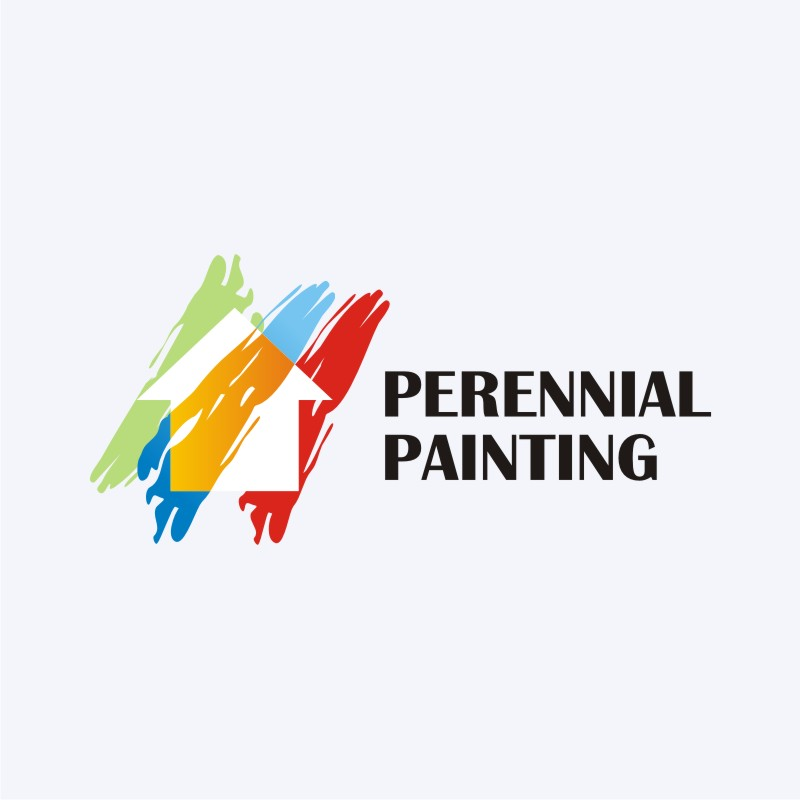Discover Exactly How Seasonal Impacts Can Influence The Performance Of Commercial Exterior Painting And Find Out The Most Beneficial Times To Guarantee Long Lasting Results For Your Job
Discover Exactly How Seasonal Impacts Can Influence The Performance Of Commercial Exterior Painting And Find Out The Most Beneficial Times To Guarantee Long Lasting Results For Your Job
Blog Article
Writer-McLamb Rosendal
When you're intending an industrial external paint task, seasonal variables can make or damage your outcomes. You'll wish to think about exactly how temperature level and humidity influence paint application and drying times. Picking the best season can ensure your paint adheres effectively and lasts much longer. However which seasons are truly the best for this kind of work? Let's explore the key elements that can influence your project's success.
The Influence of Temperature on Paint Application
When you're preparing a commercial external paint project, the temperature level can significantly impact exactly how well the paint sticks and dries.
Ideally, you wish to paint when temperatures range between 50 ° F and 85 ° F. If it's too cold, the paint may not cure effectively, bring about problems like peeling or breaking.
On the other hand, if it's too hot, the paint can dry too promptly, preventing proper attachment and causing an irregular coating.
You need to additionally consider the moment of day; morning or late afternoon offers cooler temperature levels, which can be extra favorable.
Always examine the producer's suggestions for the certain paint you're utilizing, as they frequently give assistance on the perfect temperature level range for ideal results.
Moisture and Its Effect on Drying Times
Temperature level isn't the only environmental variable that affects your industrial outside paint project; humidity plays a considerable role as well. https://www.housedigest.com/1255501/wd-40-mess-free-painting/ can slow down drying times dramatically, influencing the overall top quality of your paint task.
When the air is filled with wetness, the paint takes longer to cure, which can result in concerns like inadequate adhesion and a greater risk of mold development. If you're painting on an especially damp day, be planned for extended delay times in between coats.
It's important to monitor neighborhood weather conditions and strategy appropriately. Preferably, go for moisture levels in between 40% and 70% for optimum drying out.
Keeping https://jasperpyhpz.slypage.com/34903161/discover-the-amazing-abilities-of-home-painters-and-learn-exactly-how-they-can-elevate-your-home-right-into-a-splendid-masterpiece-through-their-creative-abilities in mind ensures your task stays on track and provides a long-term finish.
Best Seasons for Commercial Exterior Paint Projects
What's the best time of year for your industrial exterior paint tasks?
Spring and very early autumn are generally your best options. During these periods, temperature levels are light, and moisture degrees are typically reduced, creating suitable problems for paint application and drying out.
Prevent summertime's intense heat, which can cause paint to dry too promptly, resulting in inadequate attachment and coating. In a similar way, winter season's chilly temperature levels can hinder appropriate drying and treating, taking the chance of the long life of your paint job.
webpage for days with temperatures between 50 ° F and 85 ° F for optimum outcomes. Remember to inspect the neighborhood weather report for rainfall, as damp problems can ruin your job.
visit this web-site around these variables ensures your paint project runs efficiently and lasts longer.
Conclusion
In conclusion, planning your industrial external paint projects around seasonal considerations can make a considerable difference in the end result. By organizing job during the excellent temperatures and humidity levels, you'll guarantee far better attachment and drying times. Bear in mind to keep an eye on local weather prediction and select the correct time of year-- springtime and early fall are your best options. Taking these steps will certainly help you attain a resilient and professional surface that lasts.
